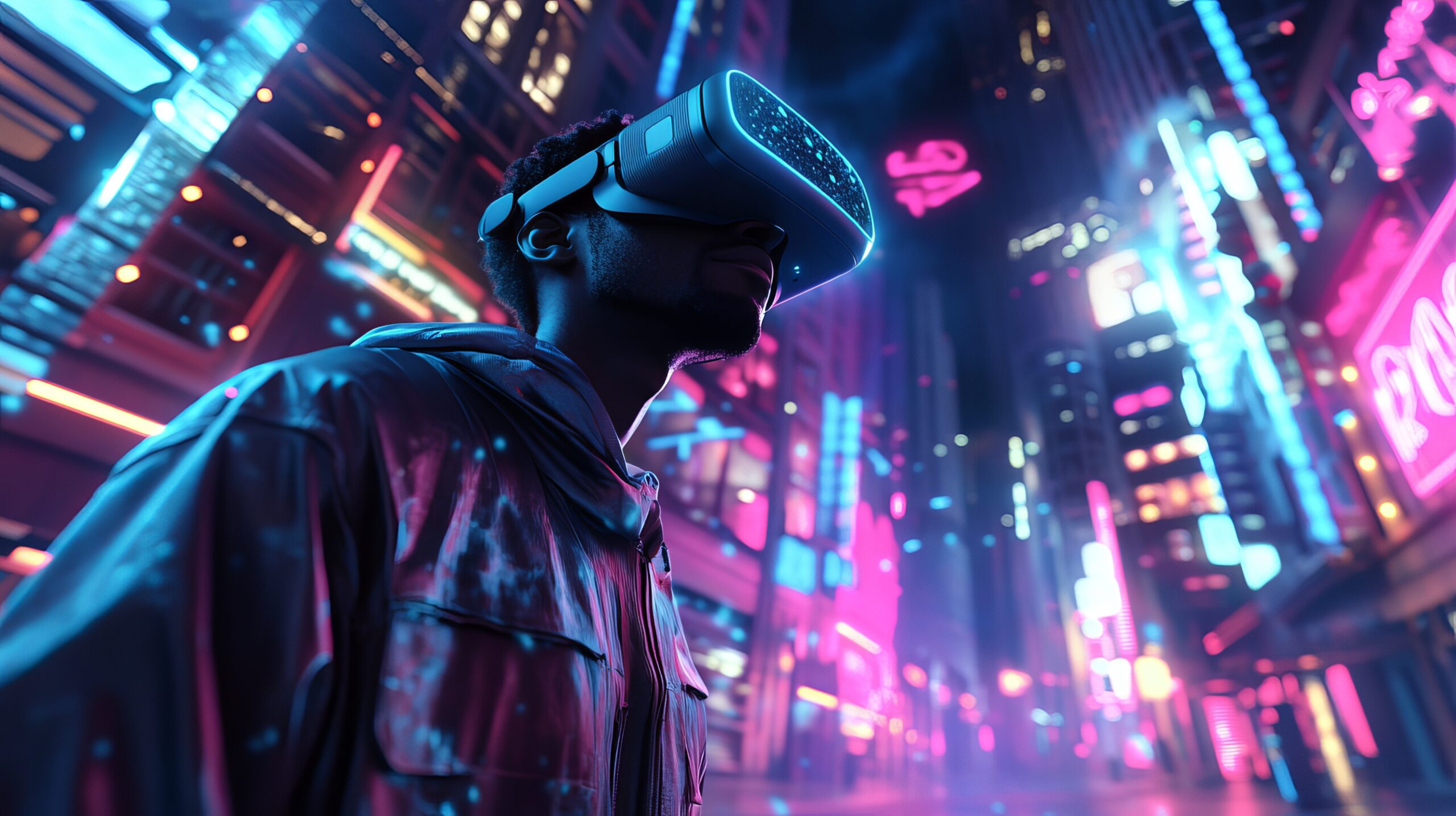
19 Sep Why dark fibre is key to the future of video games and Virtual Reality (VR)
The world of video games and Virtual Reality (VR) is evolving at a breakneck pace. With hyper-realistic graphics, massive open worlds, and immersive experiences running on the cloud, the demand for impeccable connectivity has never been higher. Delays, latency, and interruptions have become the biggest enemies of a fluid experience. In this context, dark fibre emerges as one of the most promising solutions, as it offers the performance, dedication, and capacity that cutting-edge technologies need to reach their full potential.
Minimal latency: the difference between victory and defeat
In online video games and Virtual Reality, every millisecond counts. A slight delay in data transmission, known as latency, can completely ruin the gaming experience, especially in competitive titles where real-time reaction is vital. This is where dark fibre becomes a decisive factor.
Unlike shared networks, dark fibre is unlit fibre optic infrastructure, meaning it has no active transmission equipment. As a dedicated, private cable, it offers a direct path of light between two points. This exclusive connection eliminates bottlenecks and shared traffic, reducing latency to its minimum expression. The result is a smooth, delay-free gaming and VR experience, where the player’s reaction time translates directly onto the screen, without interruptions.
Unlimited capacity: the engine for VR streaming and cloud gaming
The future of video games and Virtual Reality lies in cloud streaming. Platforms like Google Stadia, Xbox Cloud Gaming, or GeForce NOW allow users to access high-quality games without the need for powerful hardware, as the processing is done on remote servers. However, this demands enormous data transmission capacity to send the high-resolution video signal from the server to the user in real time.
Dark fibre is perfectly prepared for this demand. Its transmission capacity is practically unlimited, allowing for massive bandwidth that can be scaled to terabits per second. This makes it the ideal infrastructure for VR streaming, where image quality and low latency are essential to prevent motion sickness and guarantee total immersion. By offering a dedicated connection, it ensures that there are no traffic peaks affecting performance, providing a consistent experience even during peak demand.
Dark fibre as a differentiating factor in the gaming industry
For service providers, gaming platforms, and video game developers, a dark fibre infrastructure is not just an asset; it is a key differentiator. By basing their operations on this type of connectivity, they can guarantee their users a superior performance that competitors cannot match.
Premium customer experience
Offering a high-quality, lag-free gaming experience translates into greater customer satisfaction and loyalty.
Unlimited innovation
Having a low-latency, high-capacity network allows developers and platforms to experiment with new technologies and formats (such as massive multiplayer in VR) that would simply not be viable on other infrastructures.
Reliability and consistency
Dark fibre, being a dedicated connection, eliminates the risk of network congestion, guaranteeing consistent performance regardless of the time of day or the number of connected users.
Conclusion: lyntia, driving the future of digital entertainment
Dark fibre is no longer a technological luxury; it is the critical infrastructure that the future of video games and Virtual Reality demands. Its ability to offer minimal latency, unlimited bandwidth, and a dedicated connection positions it as the foundation for digital entertainment without borders or interruptions. At lyntia, we are committed to deploying these high-capacity networks, ensuring that innovators and users have the necessary infrastructure to live and create the most immersive and exciting experiences of the future.

